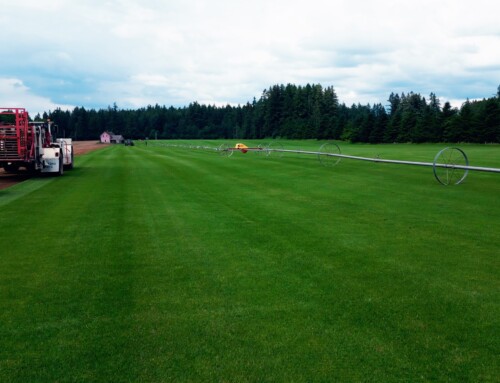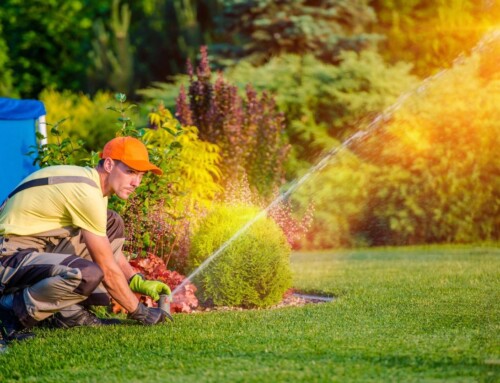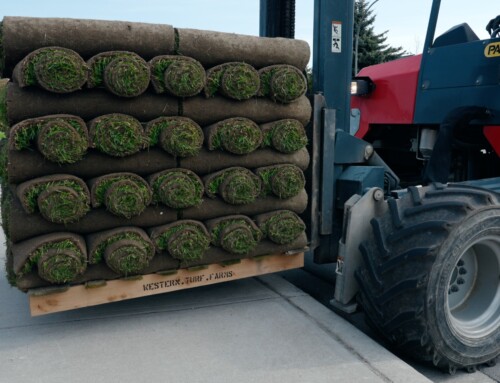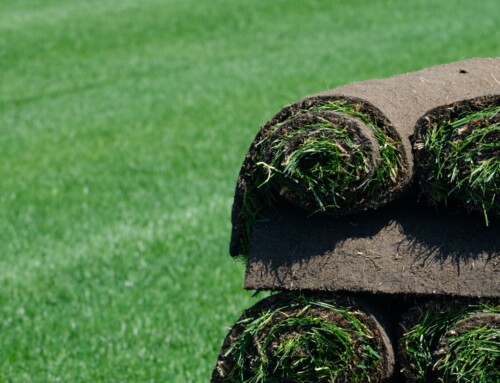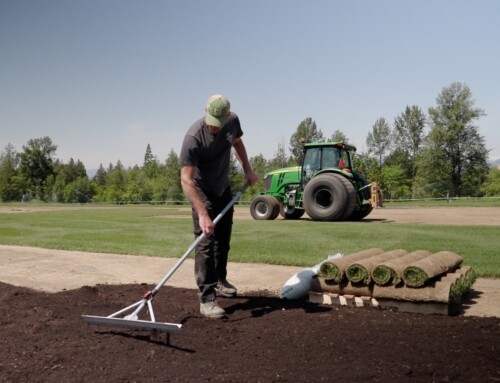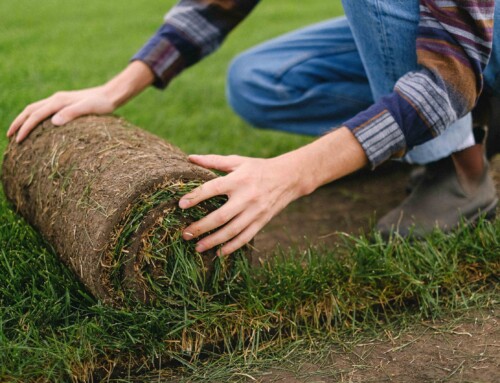If you are a homeowner trying to establish an attractive, healthy lawn, you have likely had moments of frustration trying to eliminate weeds or at least control them. Removing weeds manually only to have them reappear sometimes feels like an exercise in futility, but perhaps you have been hesitant to try other methods for fear of damaging your lawn.
Weeds not only look bad on your lawn, but they also try to grow as much as possible, much to the detriment of other plants around them. They will happily take all the water, nutrients, and sunlight they can get and when there’s a competition between weeds and your lawn, fast-growing weeds are going to win.
Understanding Your Weeds
As annoying as they may be, weeds can give some insight into problems with your soil. For example, certain weeds grow where the soil surface remains damp, so improving soil drainage by aerating may help. Weeds may also grow where there is too much shade for proper grass growth, but you may be able to relocate structures or selectively trim tree branches to allow more light to reach the soil.
Your best means of eliminating weeds involves both control and prevention.
Weed Control
Weed control involves effectively dealing with the weeds that currently exist.
Weeding by Hand
Weeds resist removal by breaking at ground level. Pulling them by the leaves or stem will simply cause them to snap off, leaving the roots to continue growing. Special tools are available to eliminate weeds. They will pull them out, roots and all, but if you are not using one, you can use a flathead screwdriver to loosen the soil and then dig in to help pry out the root. Be sure to use gloves, as some weeds are prickly and may injure your hands.
Once the weed has been removed, smooth the soil, work in some compost, and add some lawn seed. Keep the soil moist until the grass reaches 1” in height.
If you are removing dandelions, be sure to do so while the heads are still yellow. Once they are white, disturbing them will help them to spread, as will children blowing the seeds into the wind.
Regular, Proper Mowing
In the spring, cut your lawn every week and in the summer, do it at least every ten days. Rather than using a bag, mulch the grass back into the lawn. This will help spread grass seed, increasing turf thickness. Never cut more than 1/3 of the total length and be sure to have your blades sharpened annually.
Mowing your lawn also cuts the weeds, but this is a temporary measure. As long as the roots are intact, the weeds will return.
Re-sodding Your Lawn
Sometimes, if your lawn has been neglected for too long, it may not be possible to eliminate weeds or for your grass to fight back against the weeds that have taken over. In this type of situation, the best option may be to simply remove your old, defeated lawn, regrade with soil, and replace it with new sod or turf.
Weed Prevention
Controlling your weeds can help, but prevention is all about preventing them from appearing in the first place.
- Aerate Your Soil Annually
Aeration is an important part of lawn care. Dry, compact soil is appealing to weeds, but aeration loosens it and allows for airflow and greater water retention. Avoid aeration in the spring, when it can actually promote weed germination and instead do it in the fall.
- Fertilize Every Season
A high-quality fertilizer provides your lawn the nutrients it needs to grow thick and strong. This will help it to fight off the encroachment of those undesirable weeds.
- Plenty of Water
When your lawn is dry and not getting enough water, it will struggle to grow, but weeds will continue to thrive. By giving your lawn water for 30 minutes 3 times a week, you are giving your lawn the opportunity to establish itself, providing it with a fighting chance against the weeds.
- Overseed in the Spring and Fall
Overseeding, as the name suggests, is seeding on top of an existing lawn. It allows new grass to continue growing as older grass blades slow their growth and eventually die. It helps to create a thicker lawn, which provides natural protection against weeds.
When dealing with weeds, prevention is always preferable to control, but if they do rear their ugly heads, it’s important to eliminate weeds right away, before they can steal the nutrients that your lawn needs, spreading uncontrollably.


